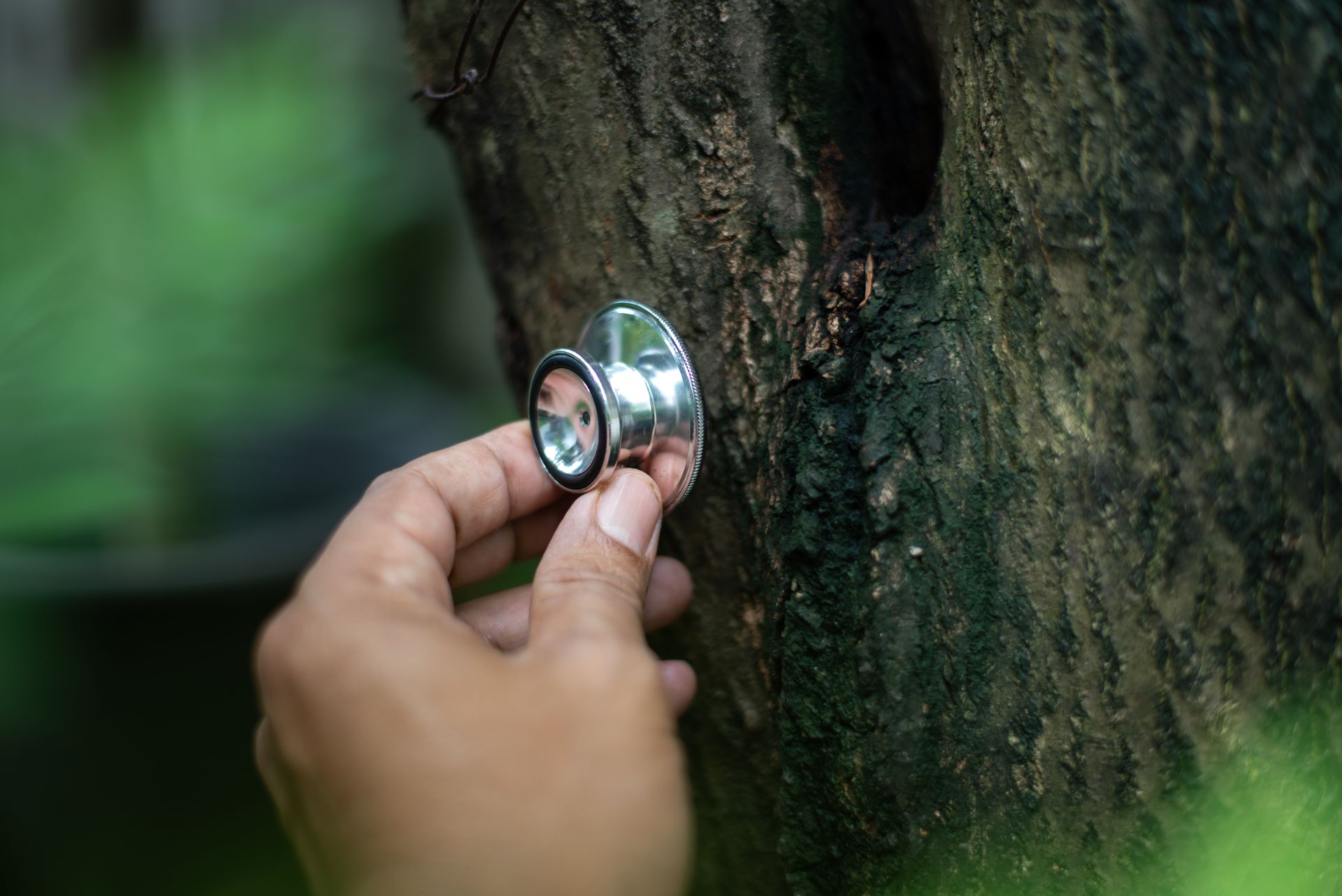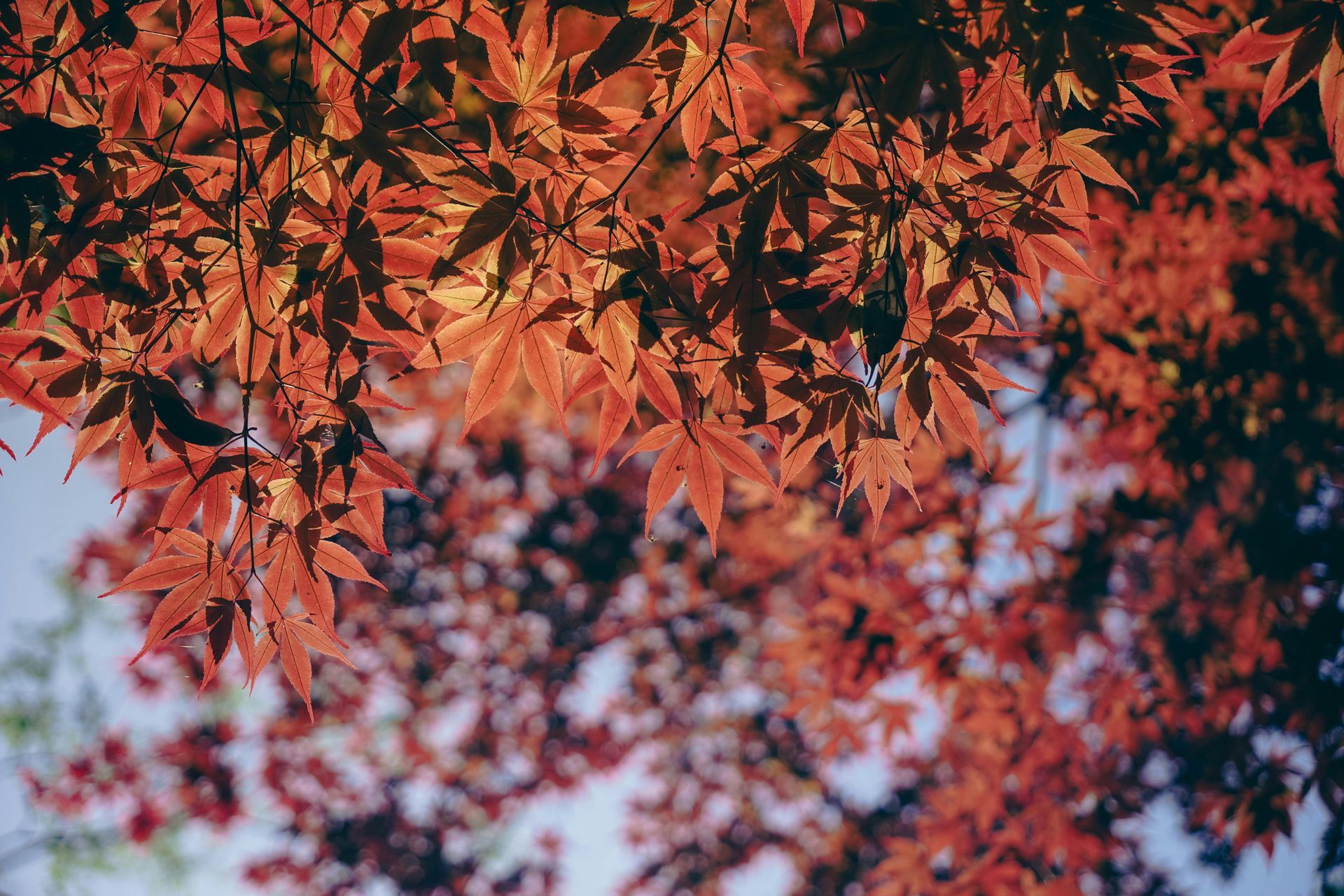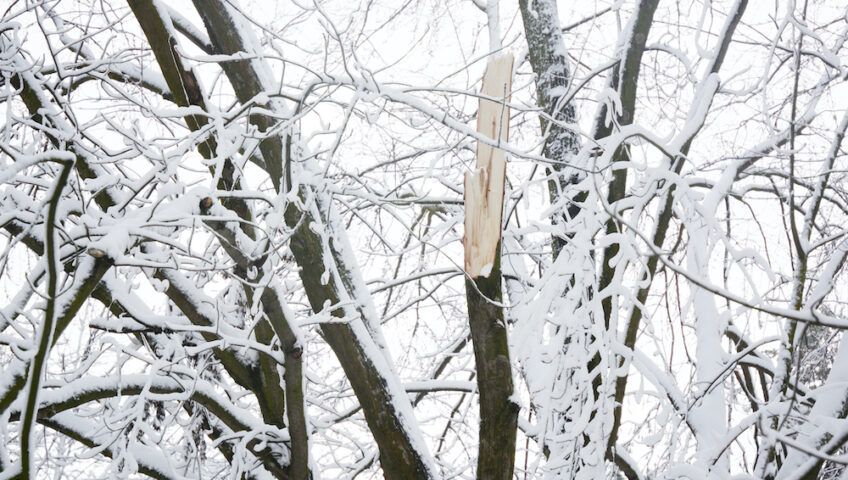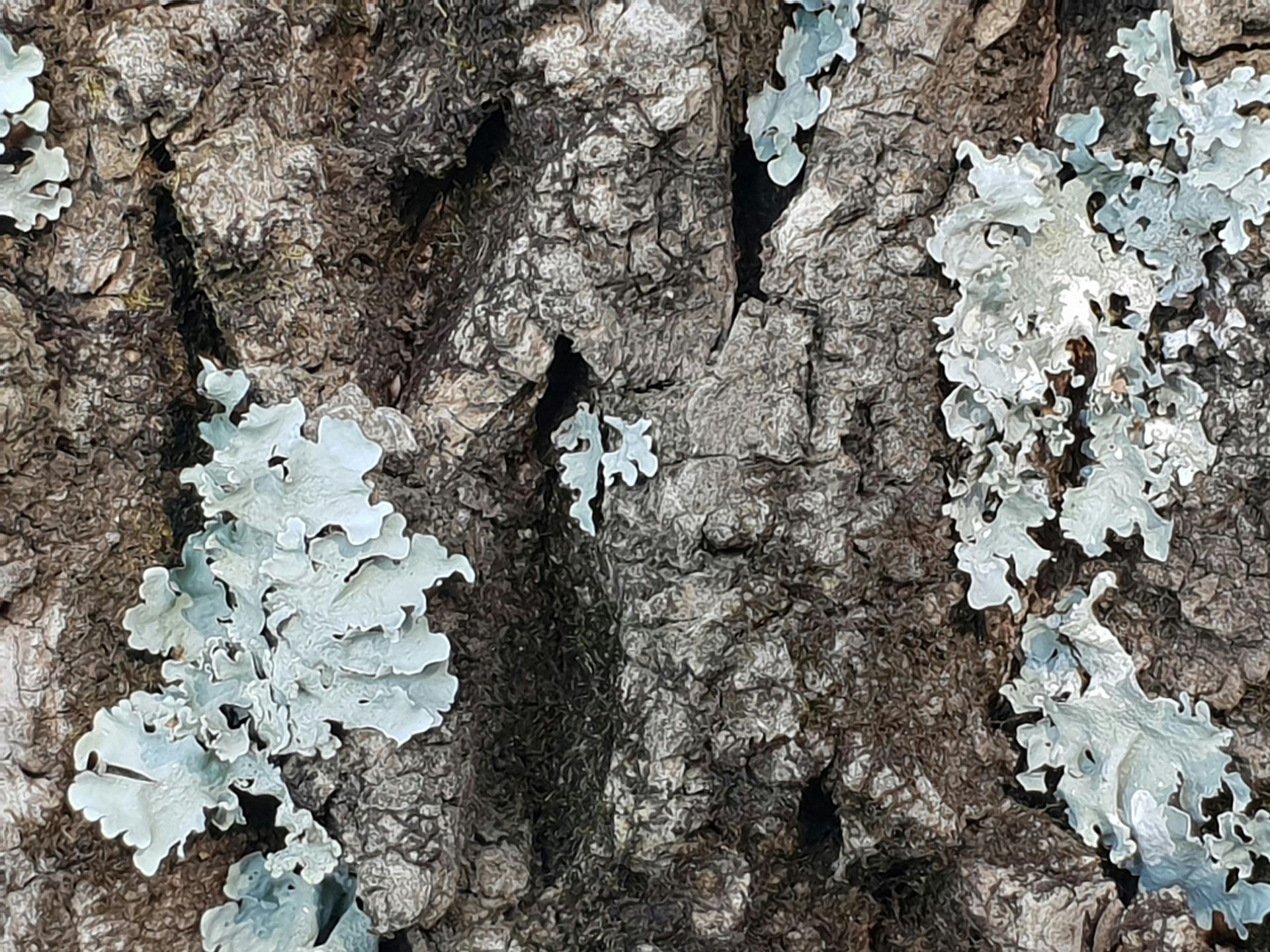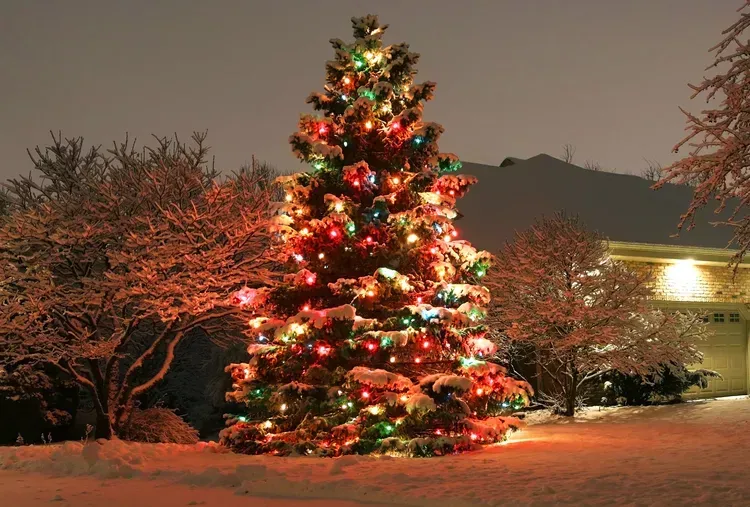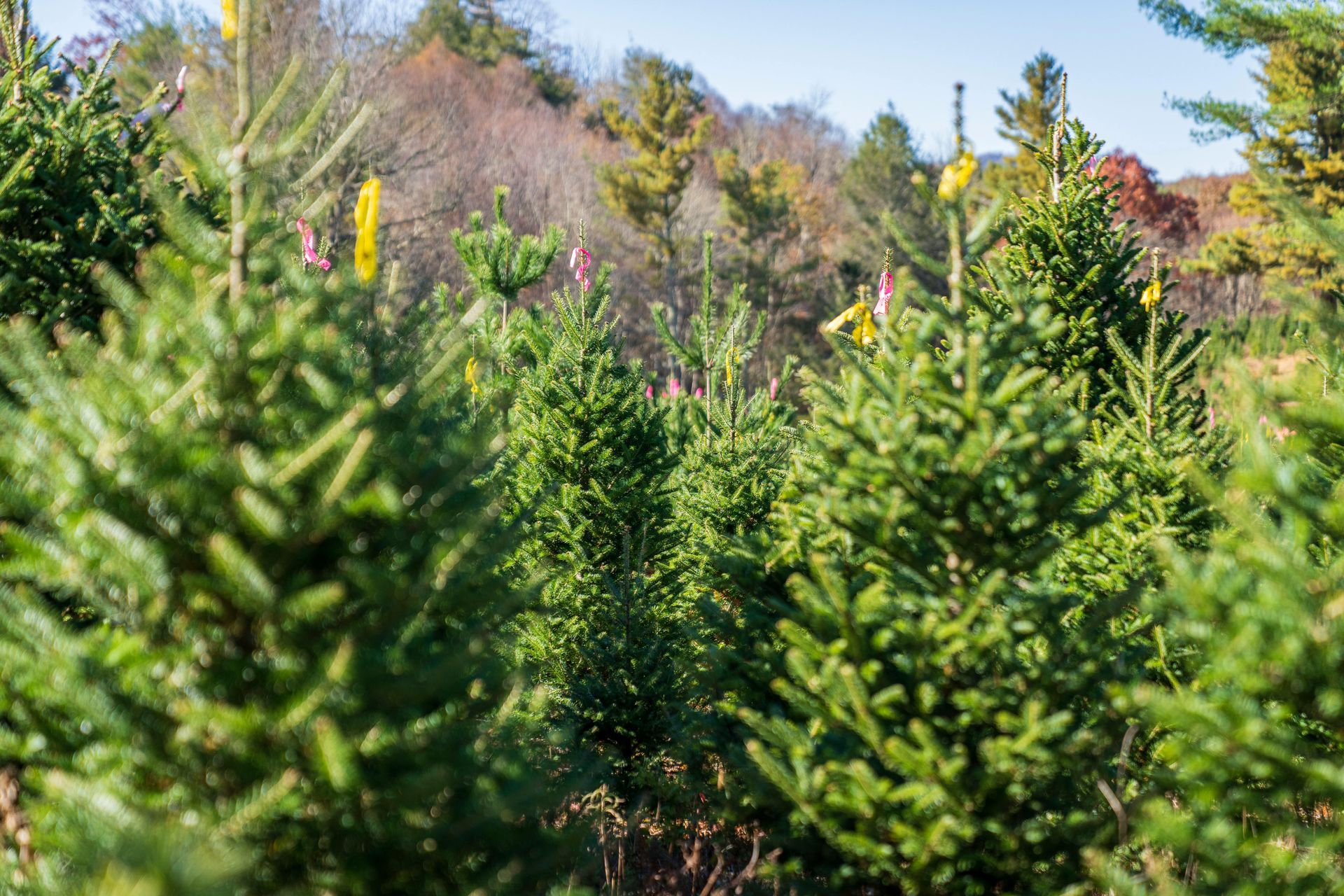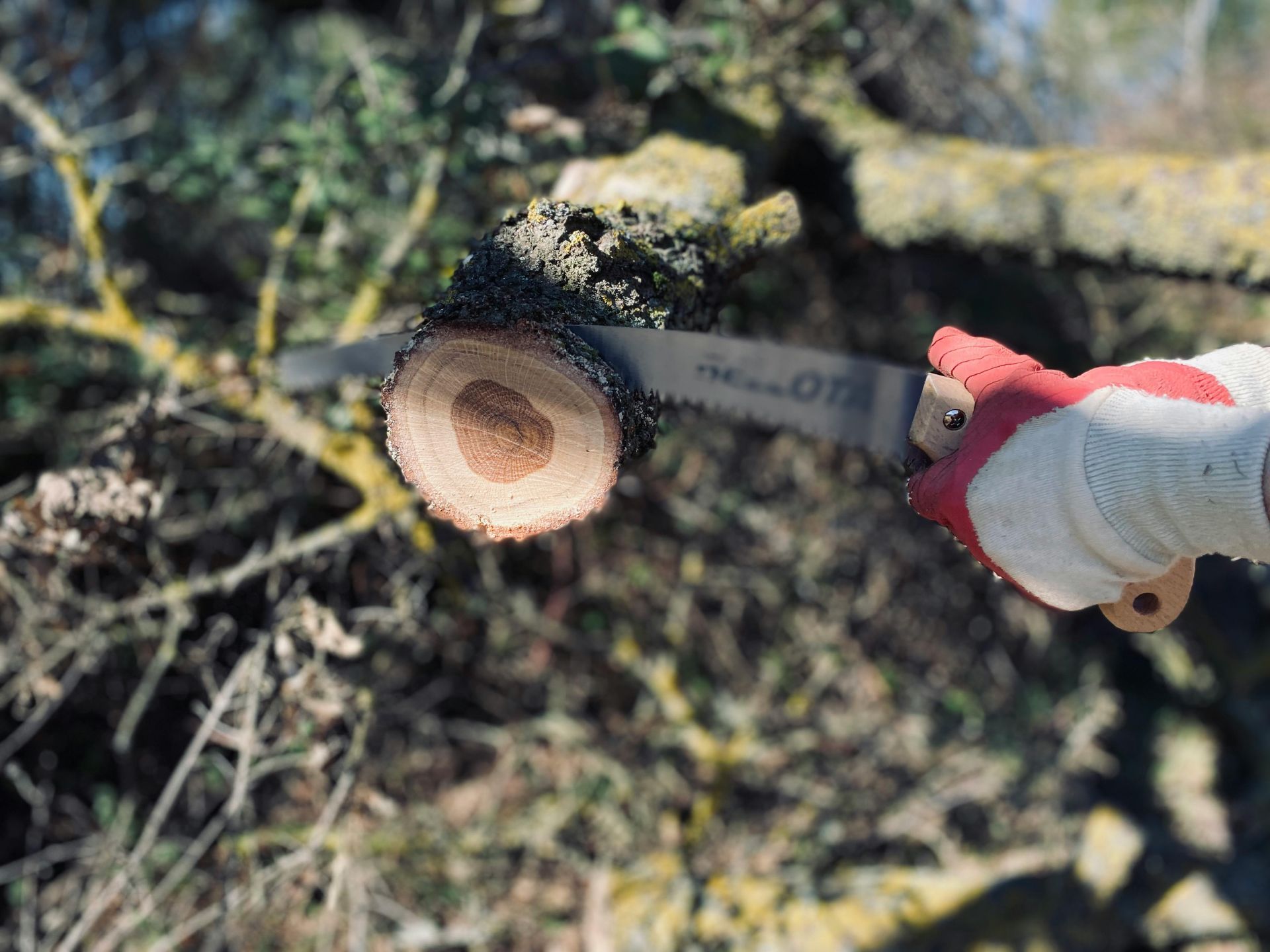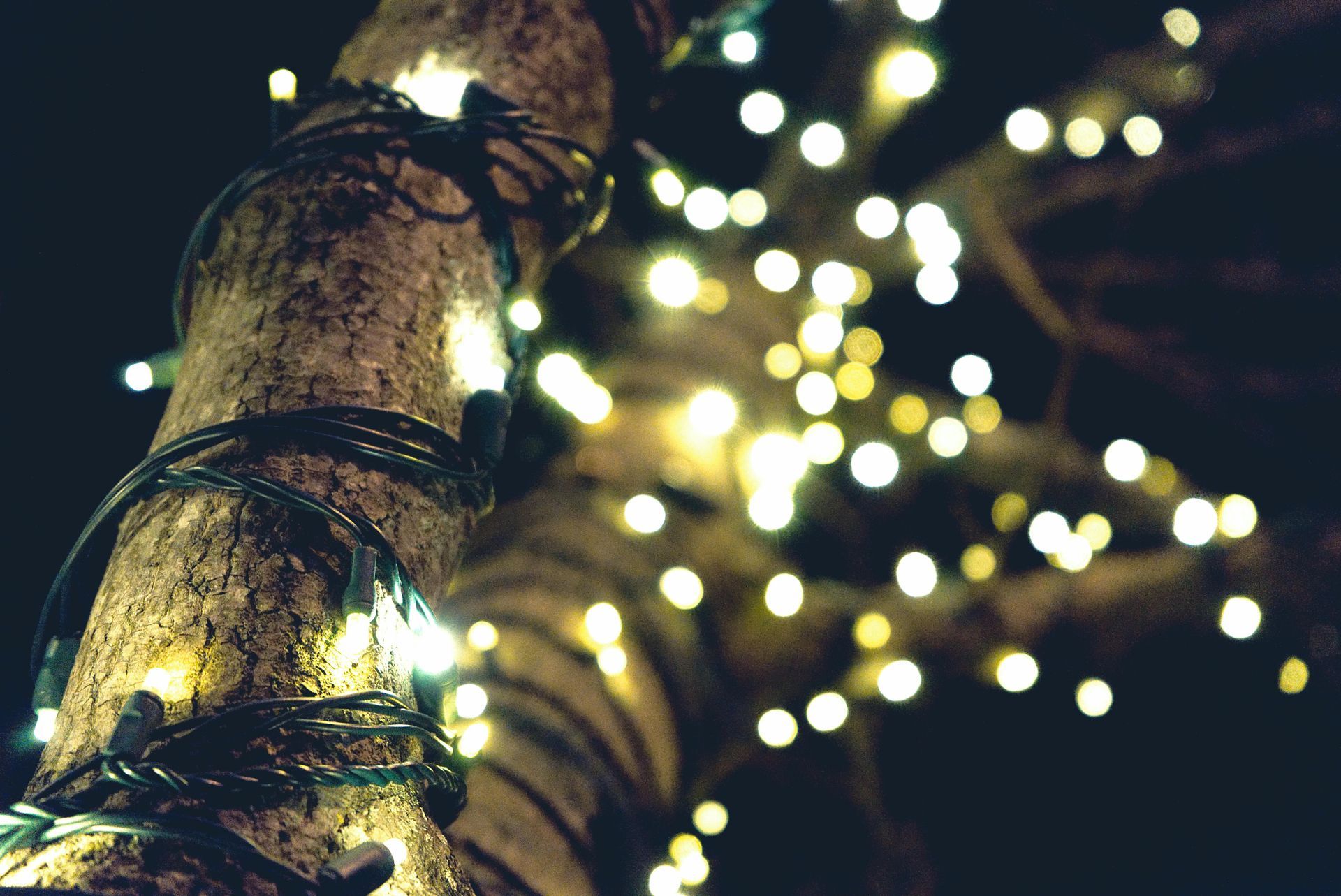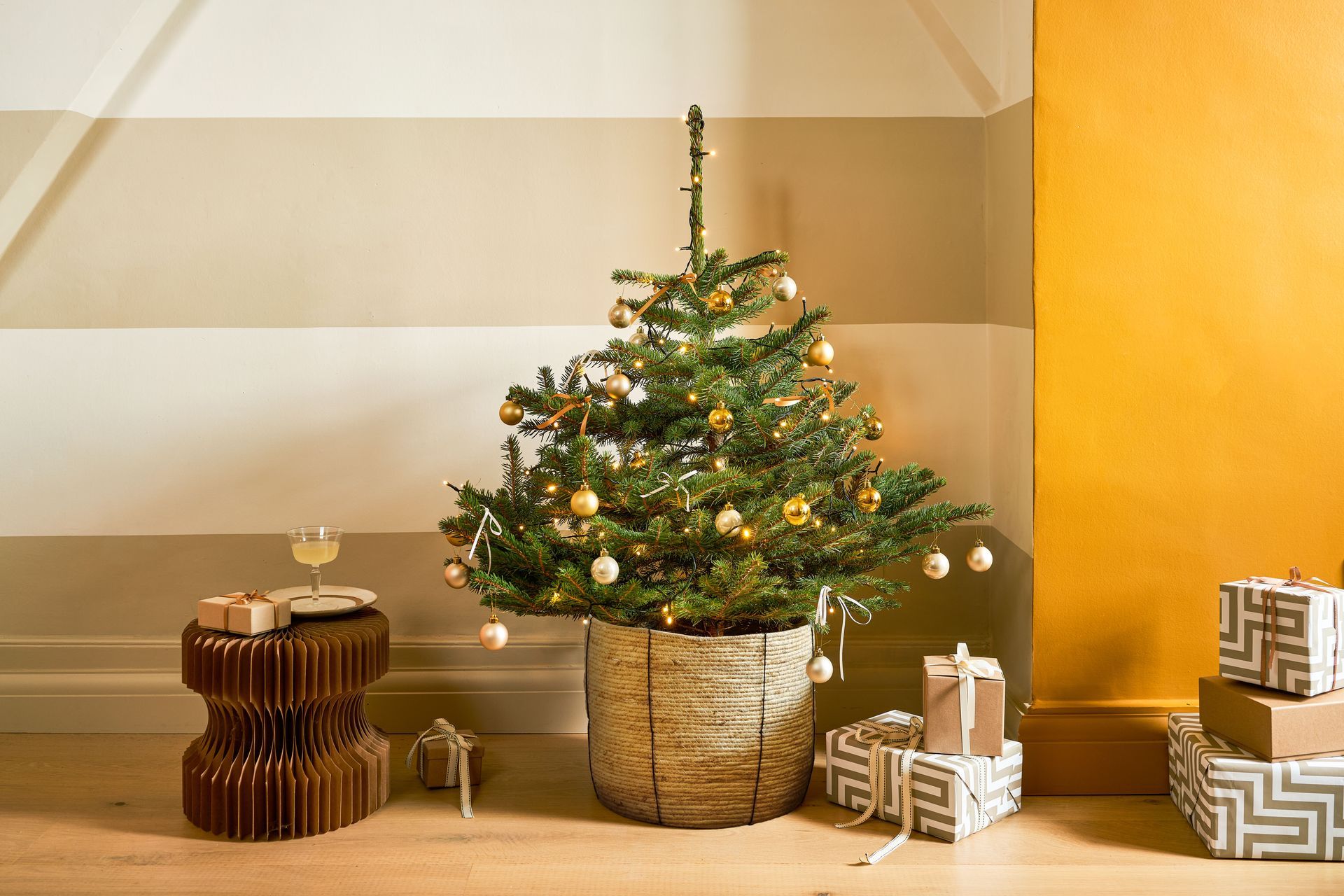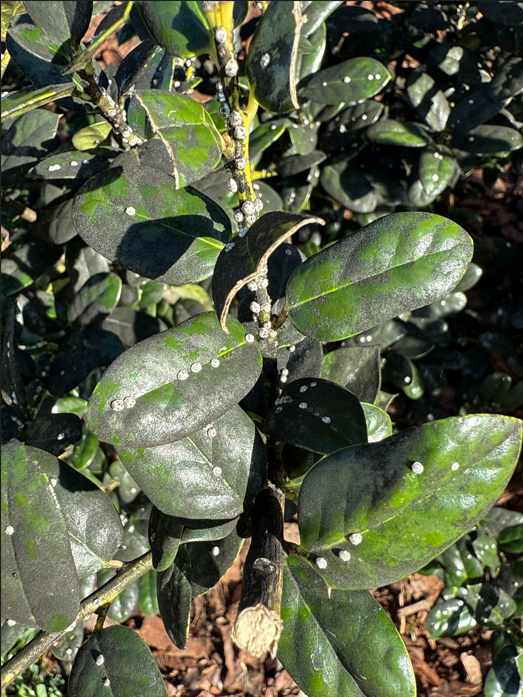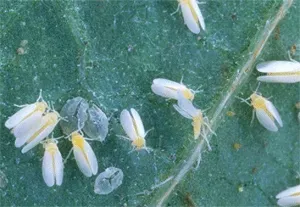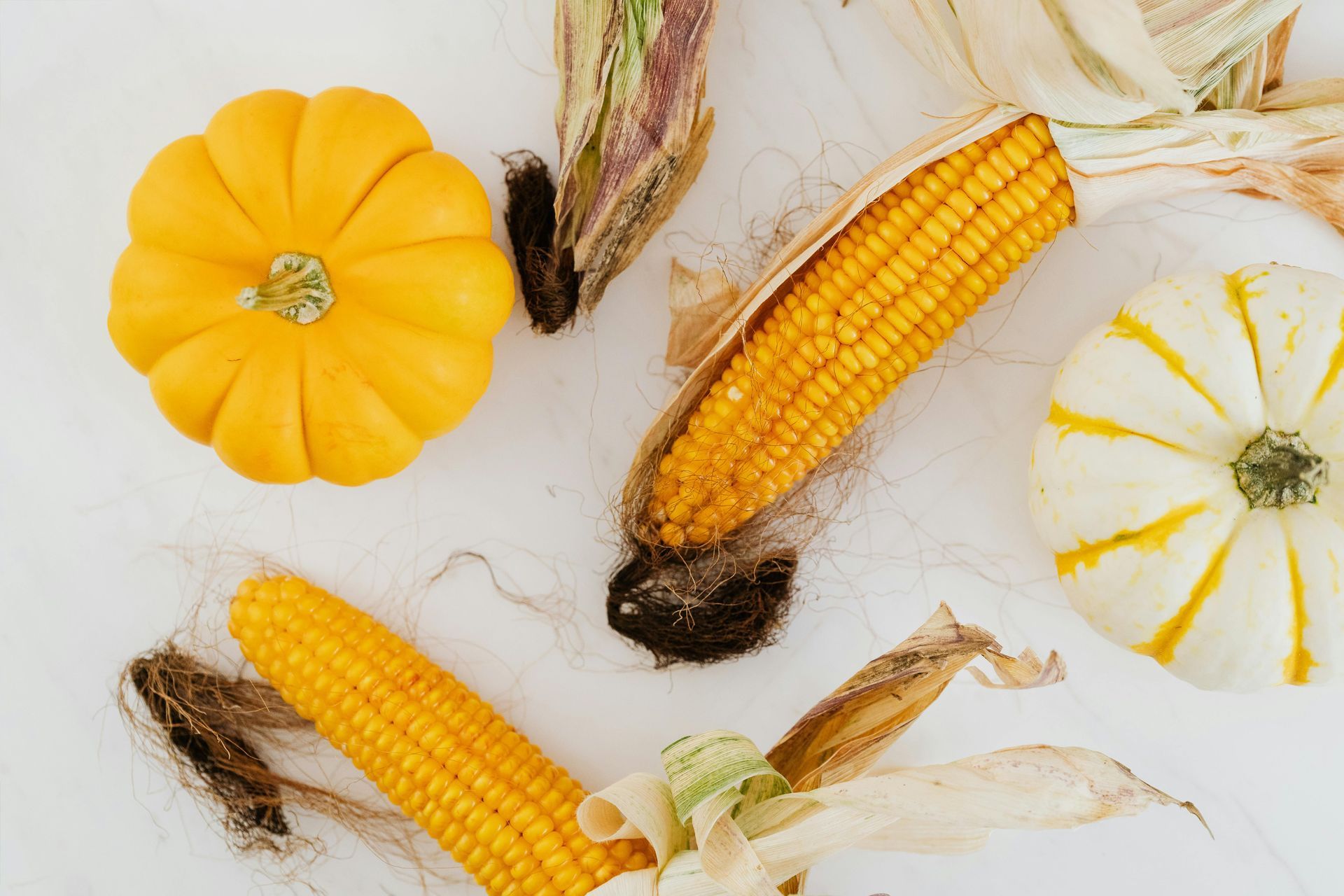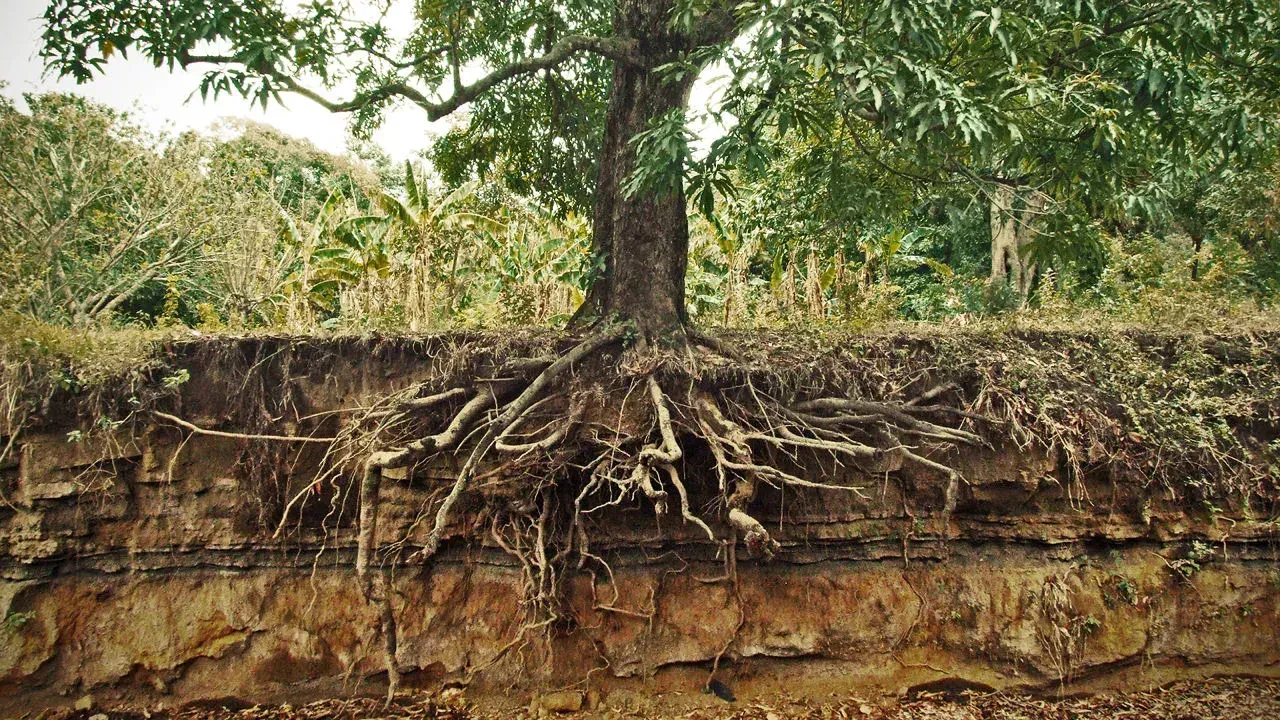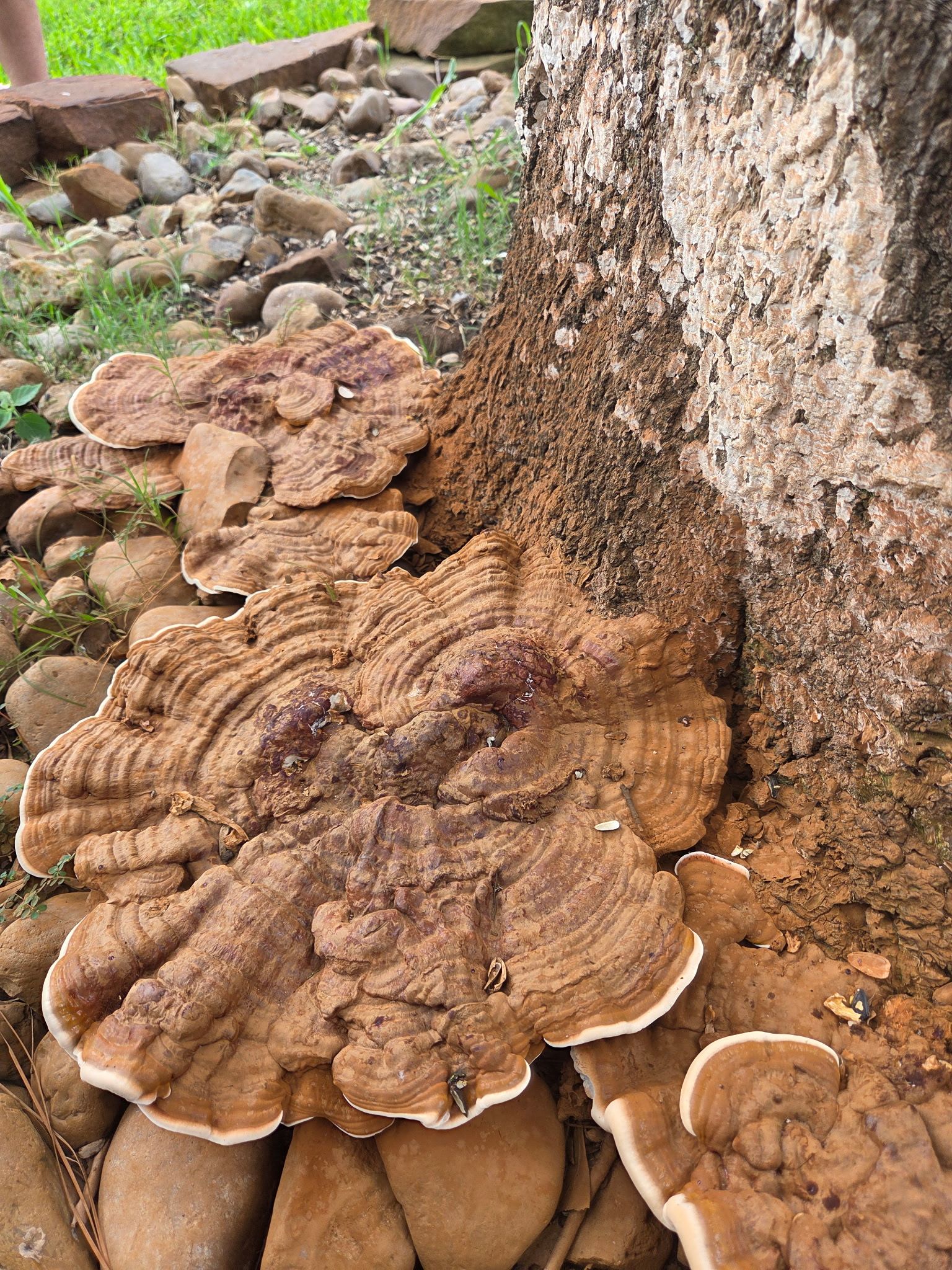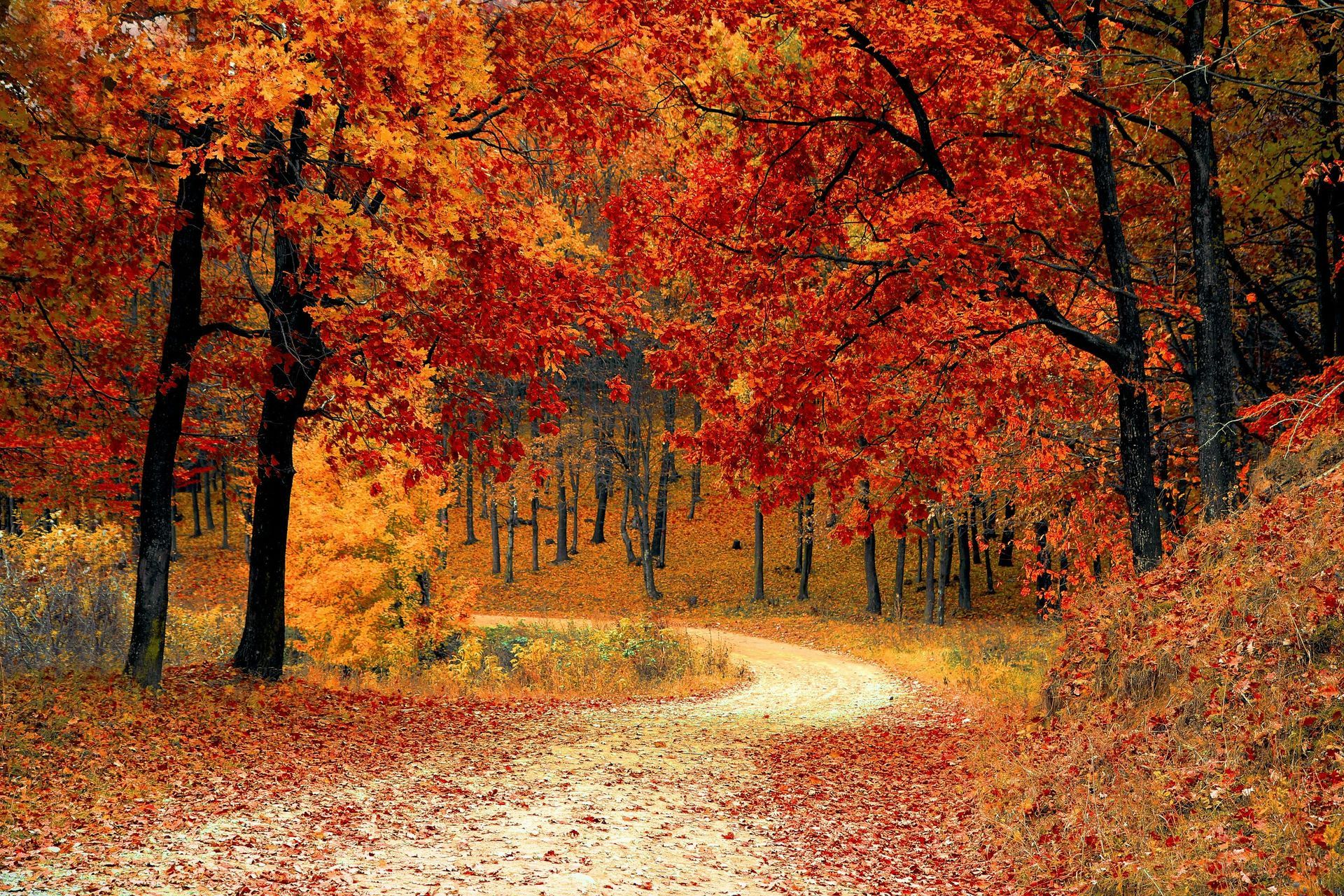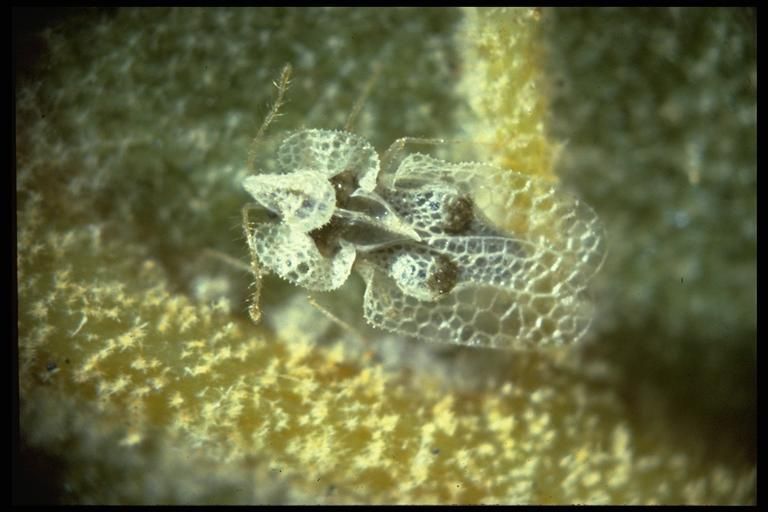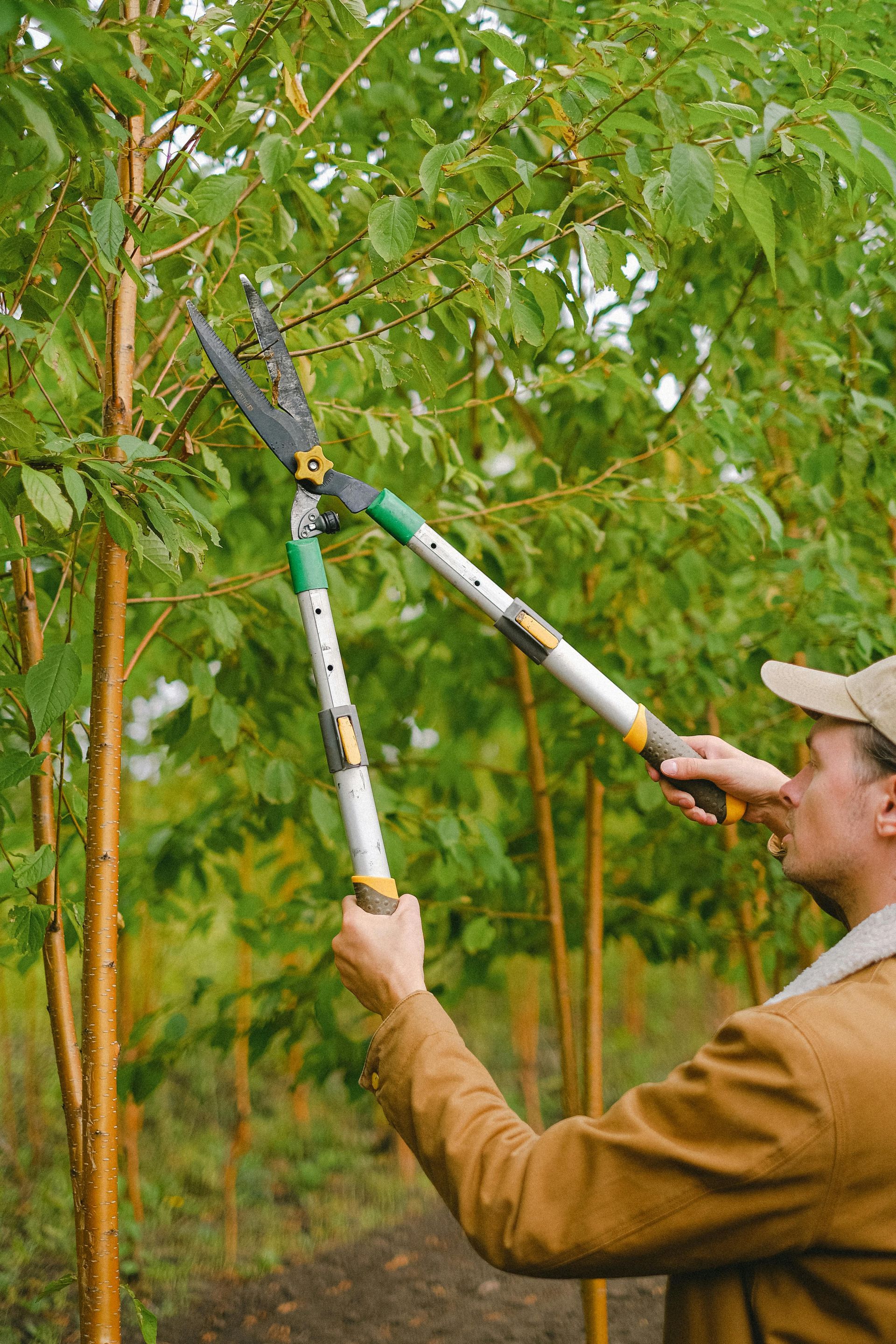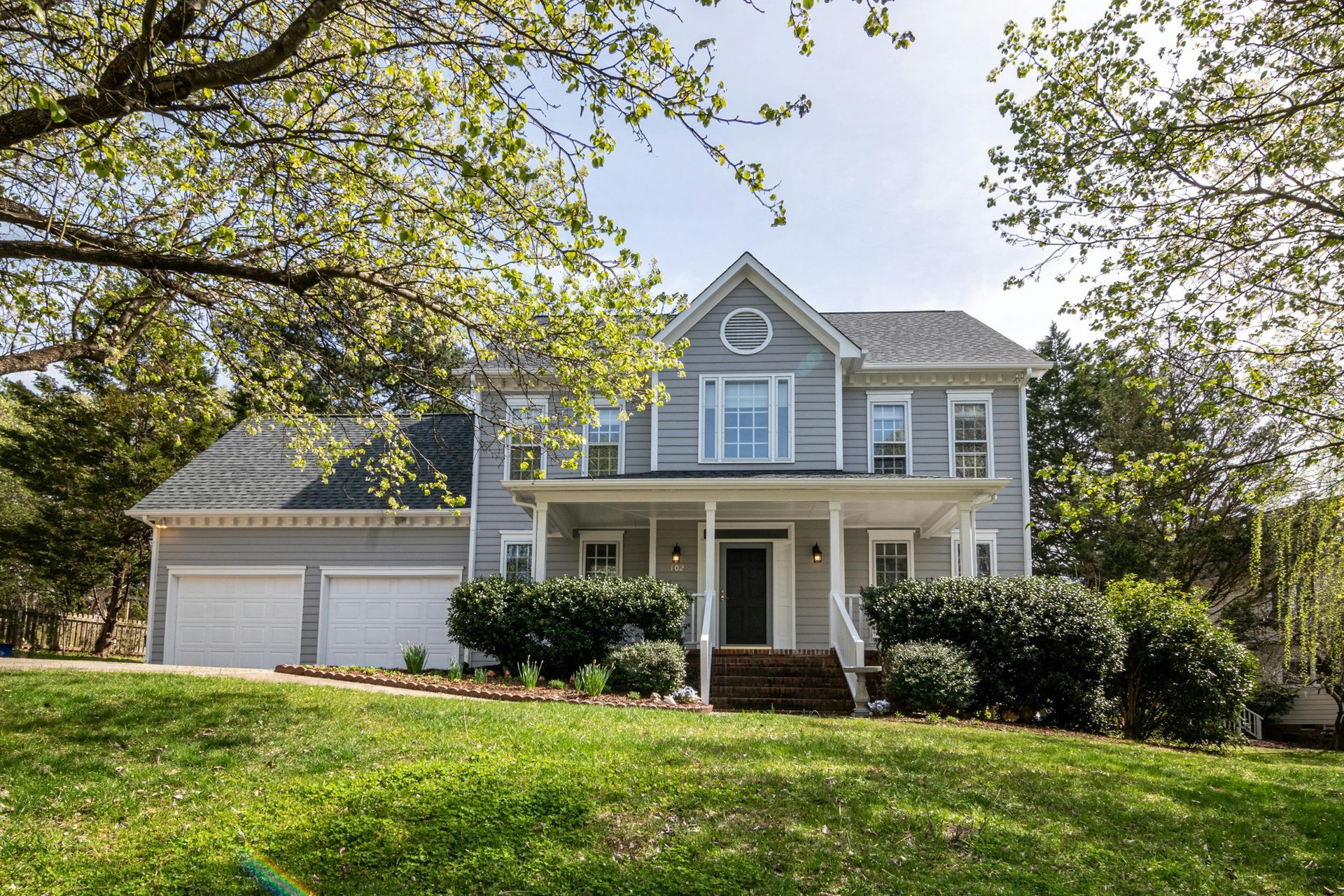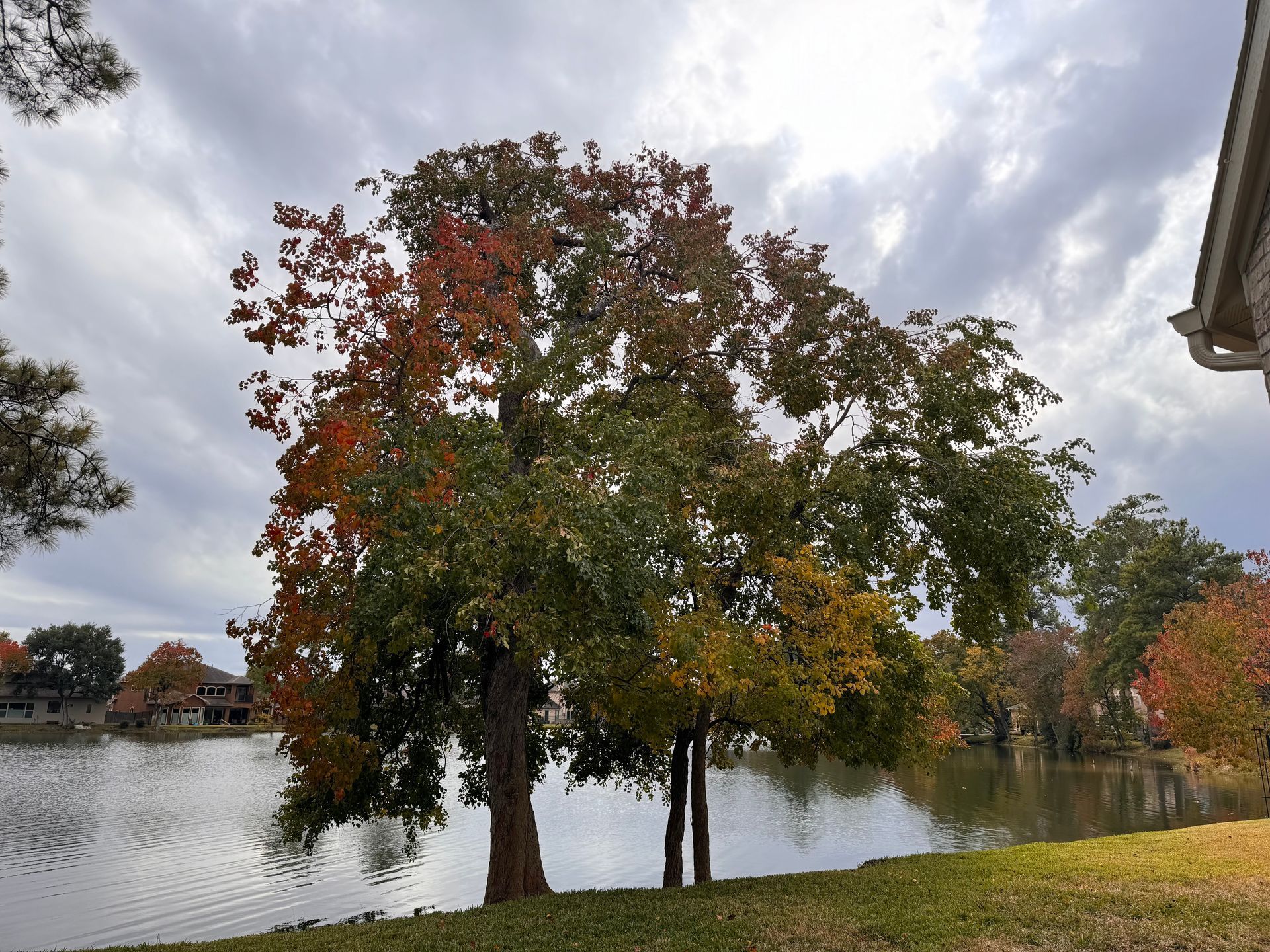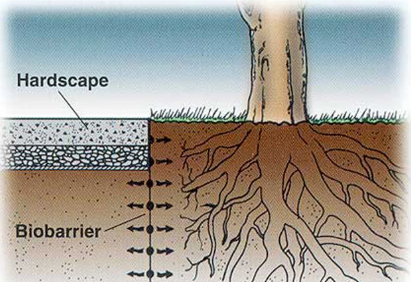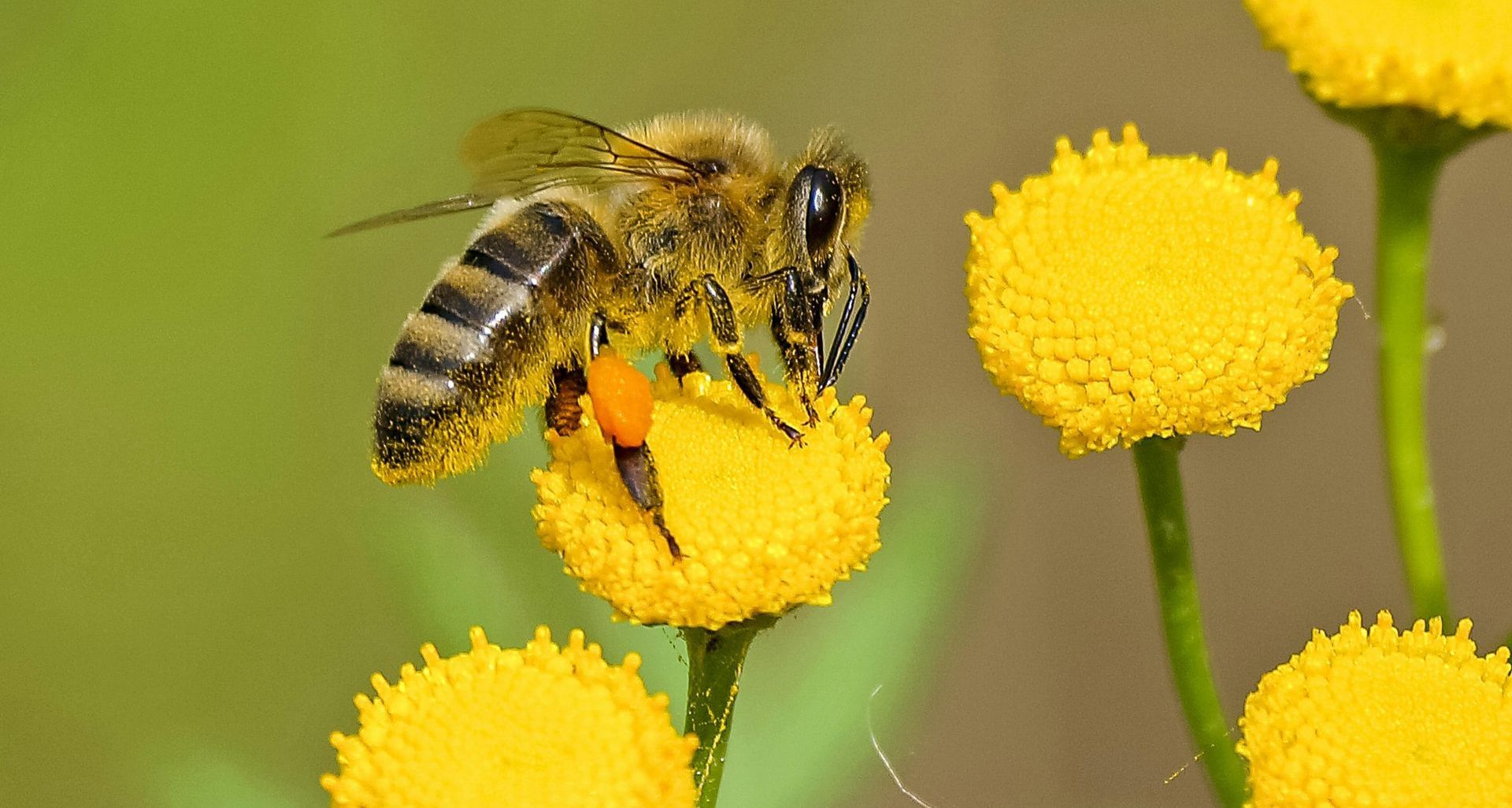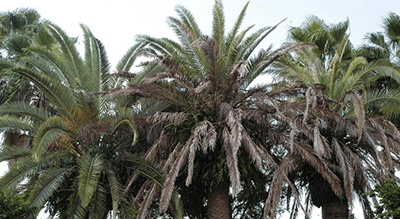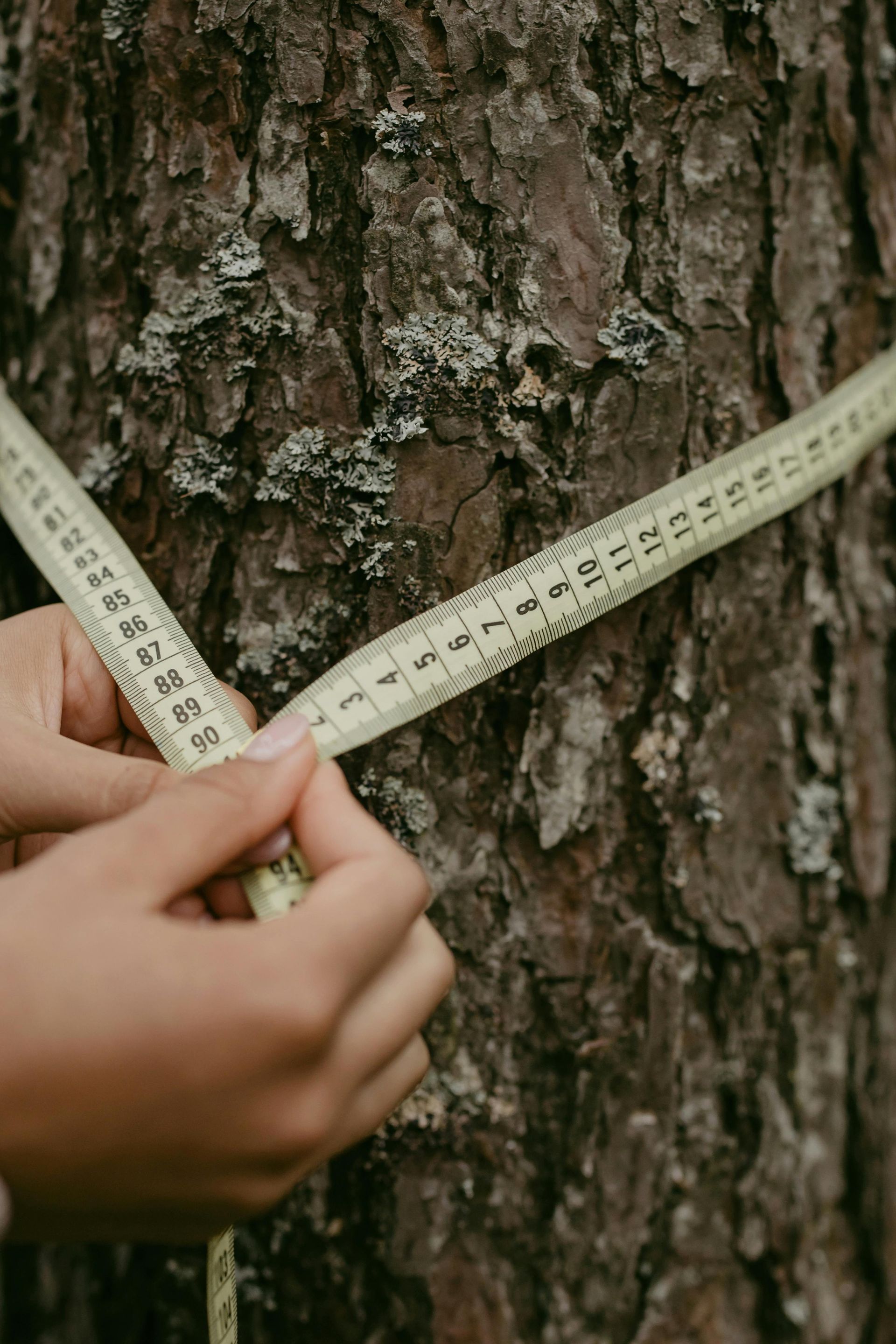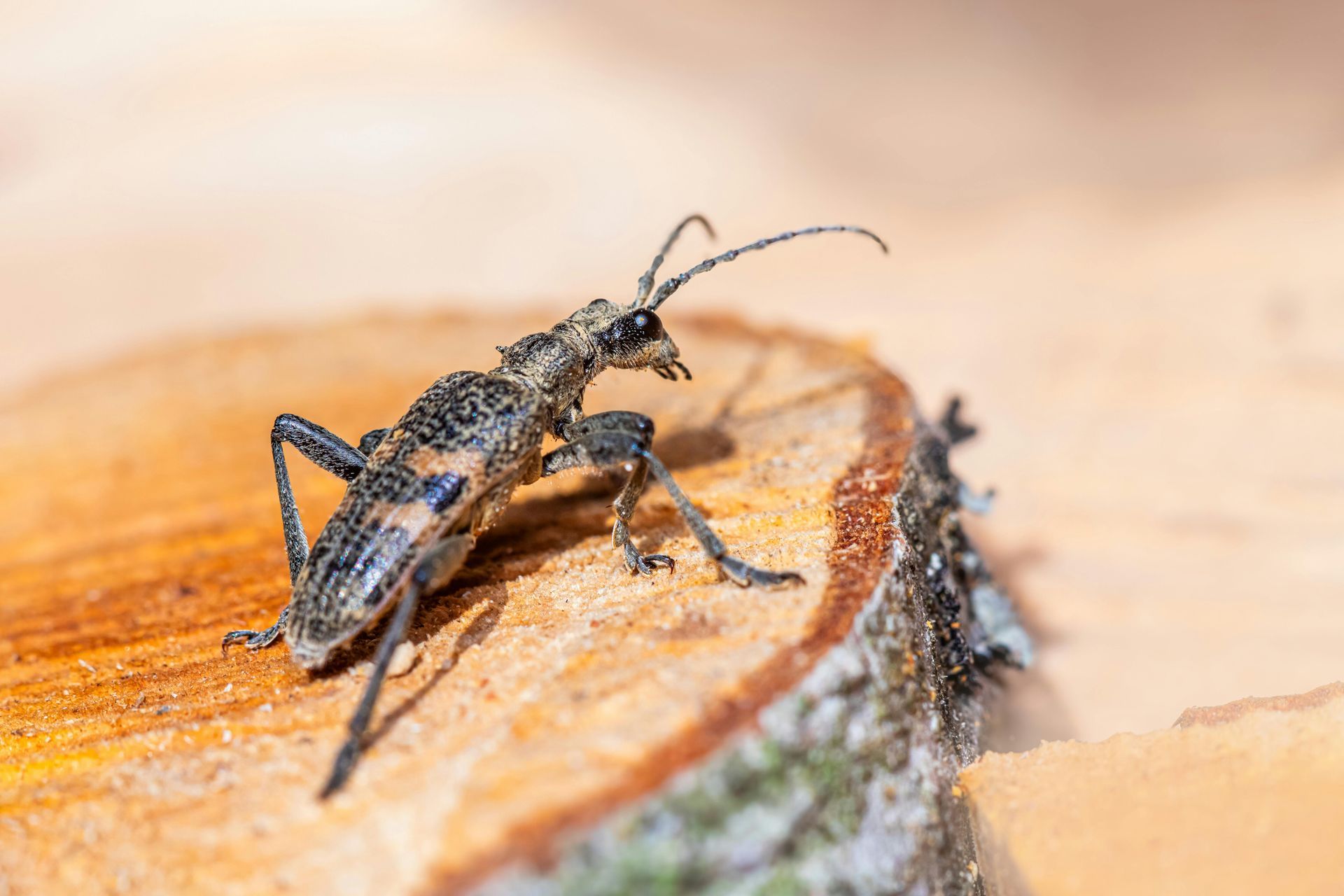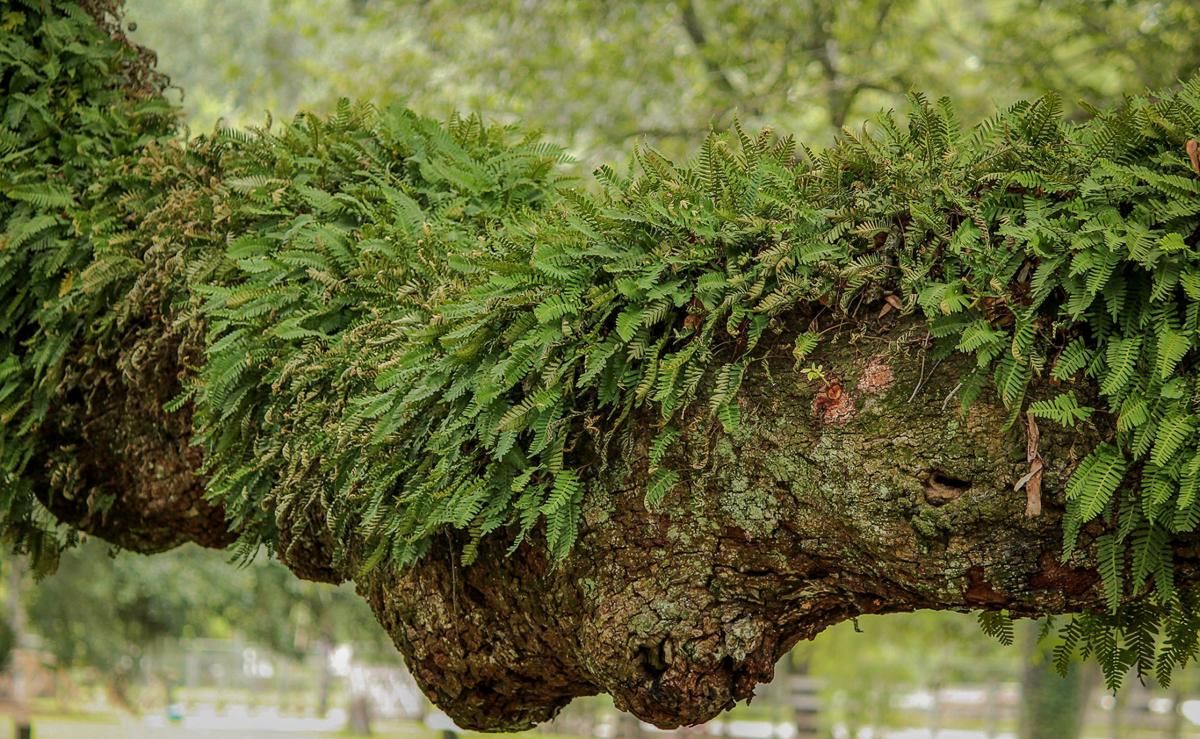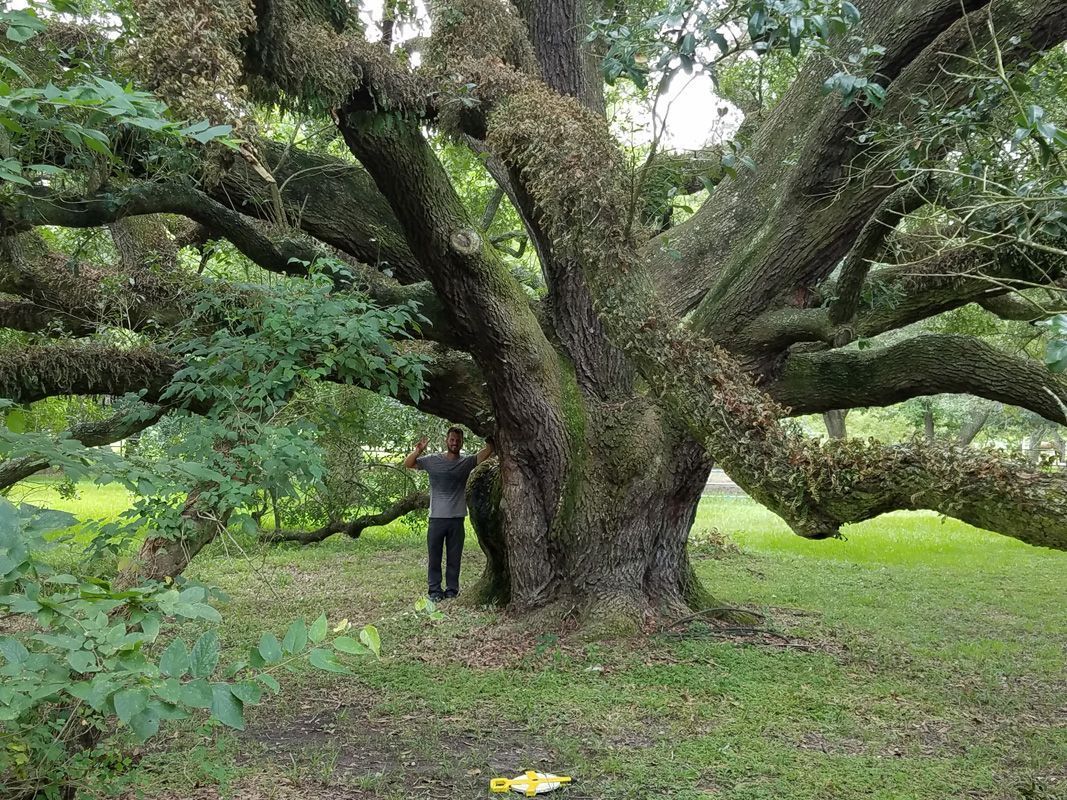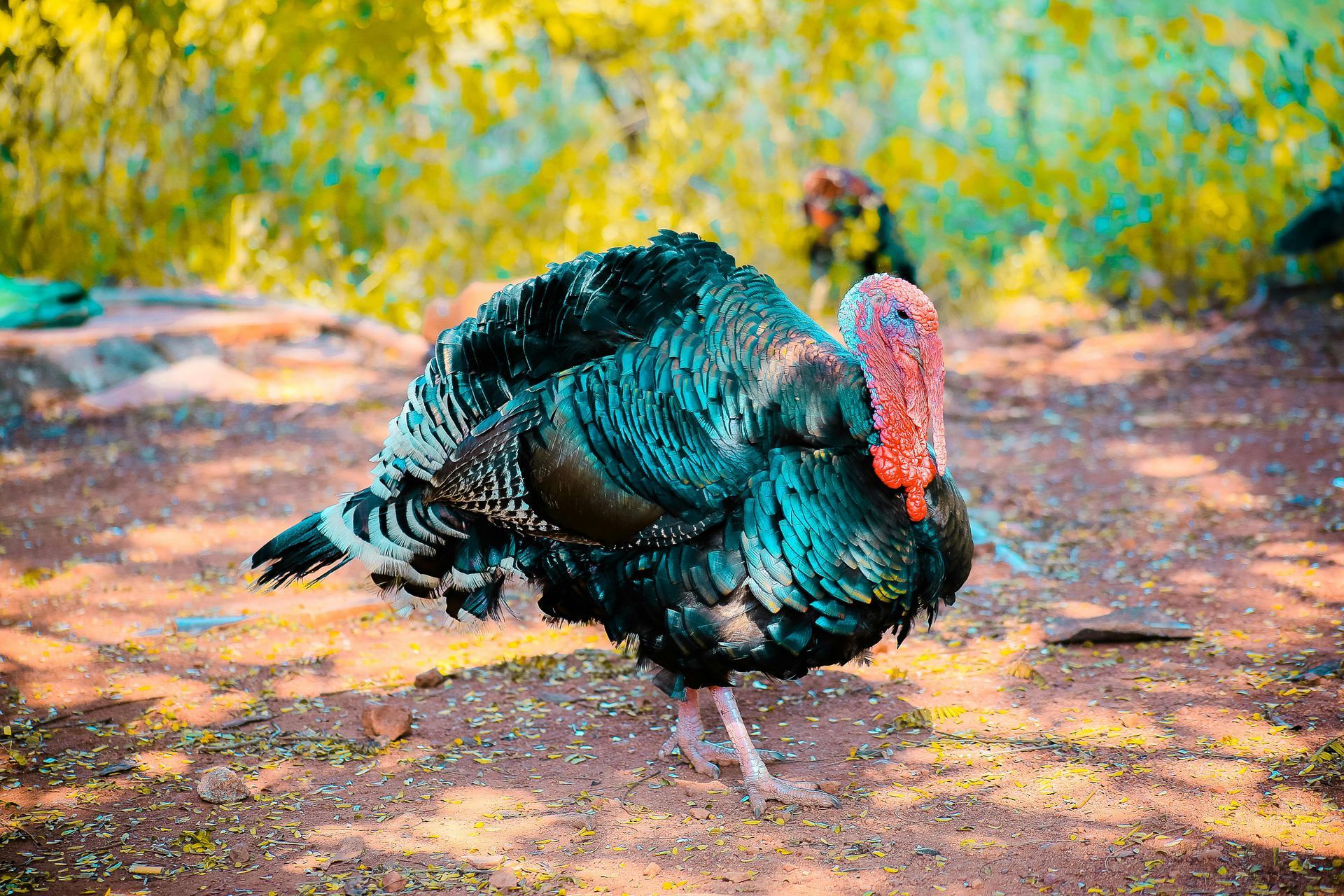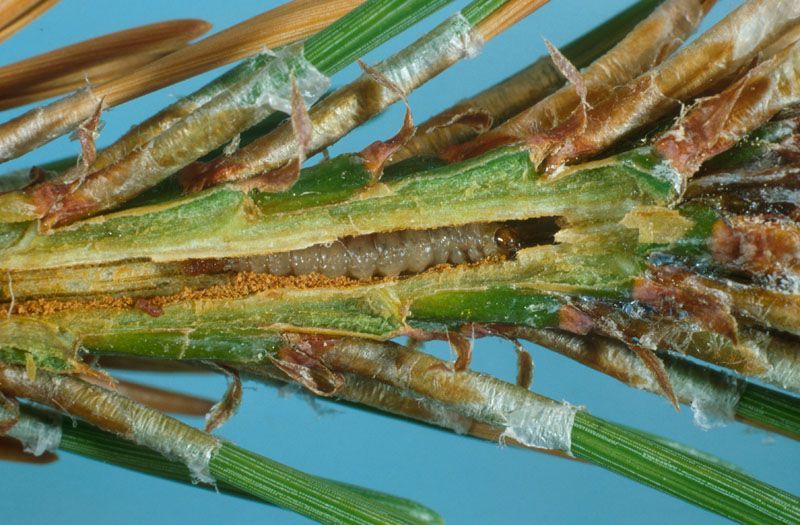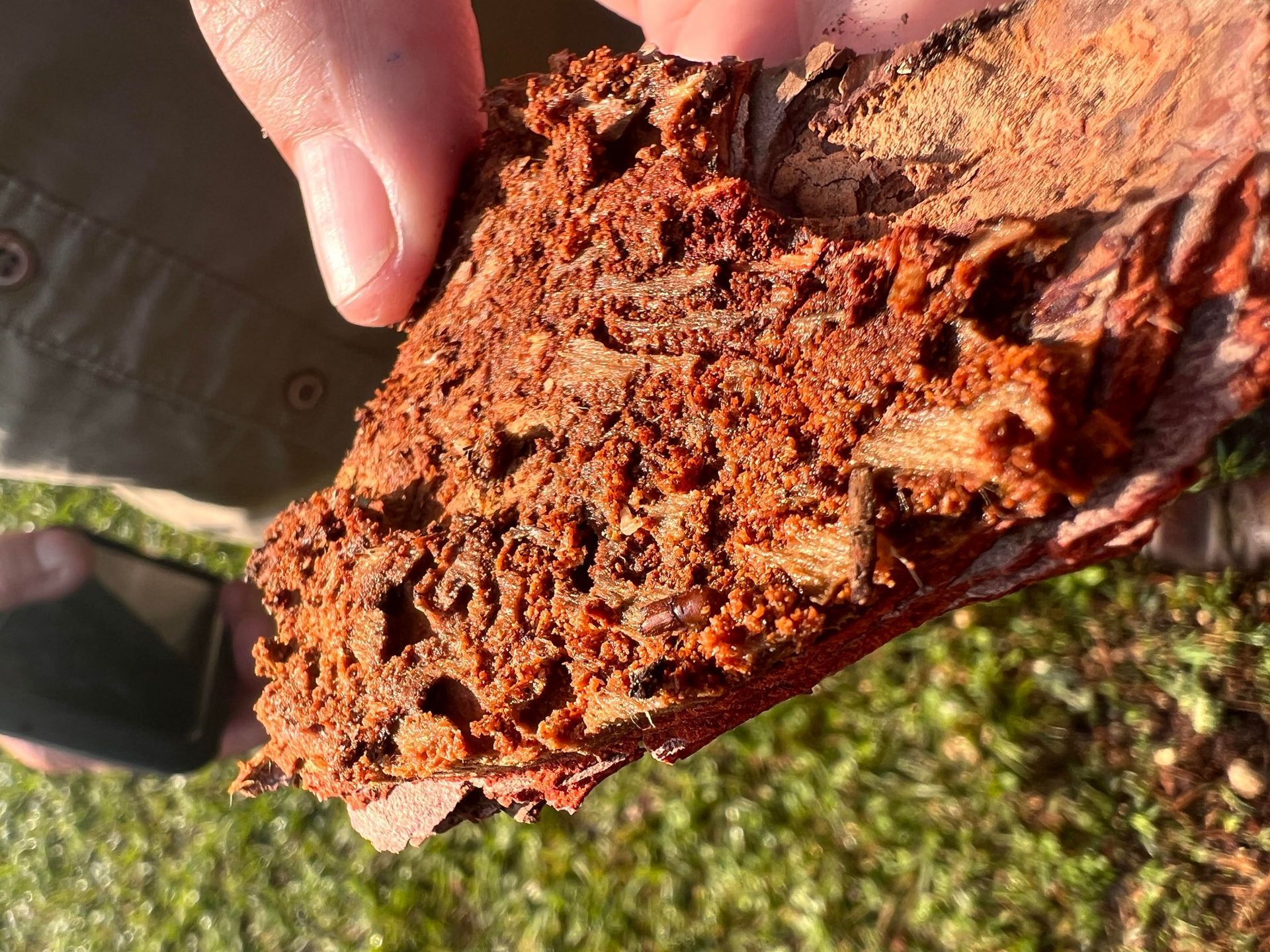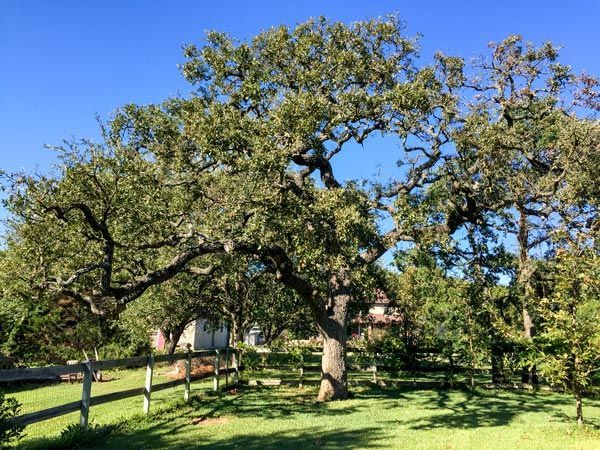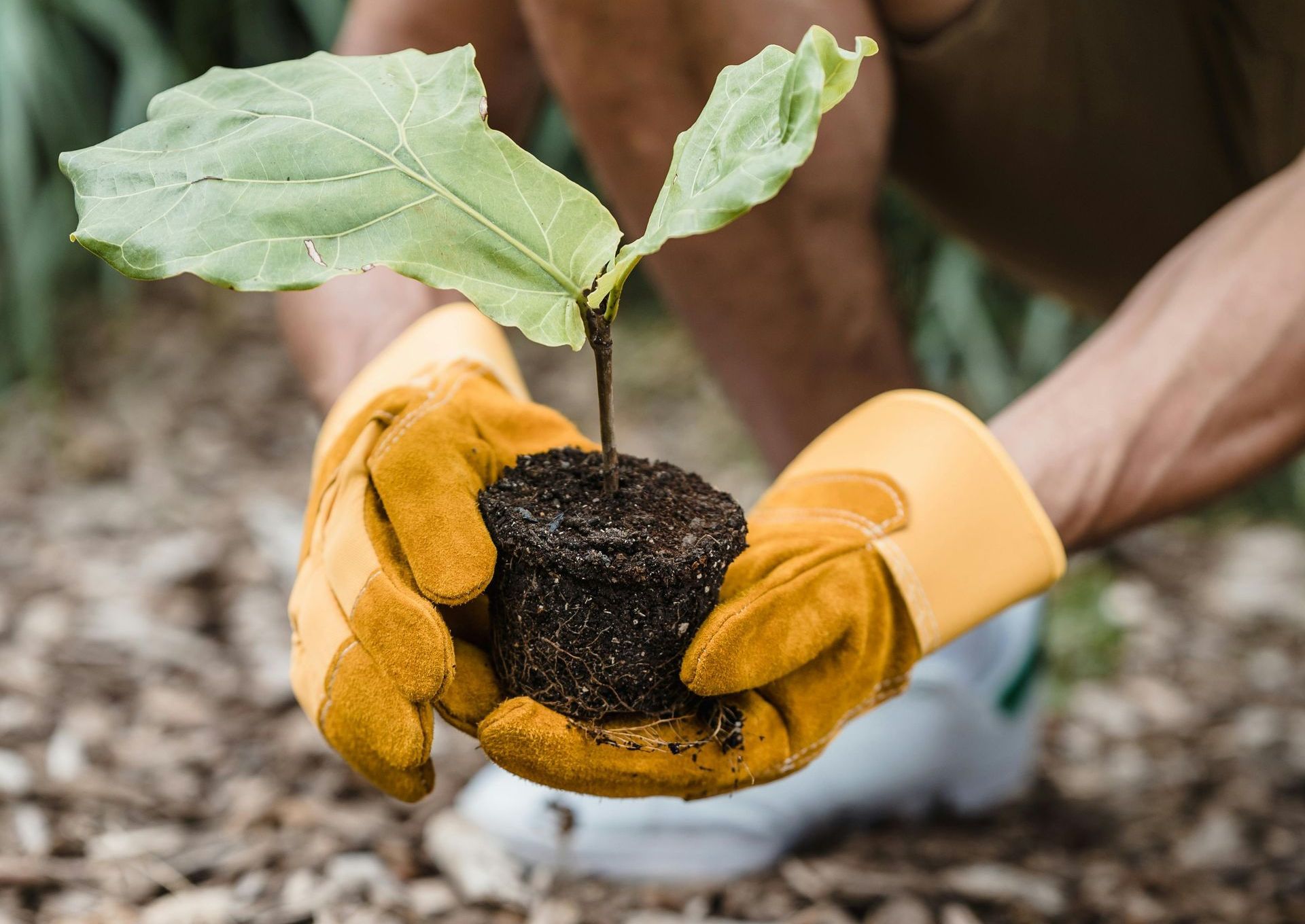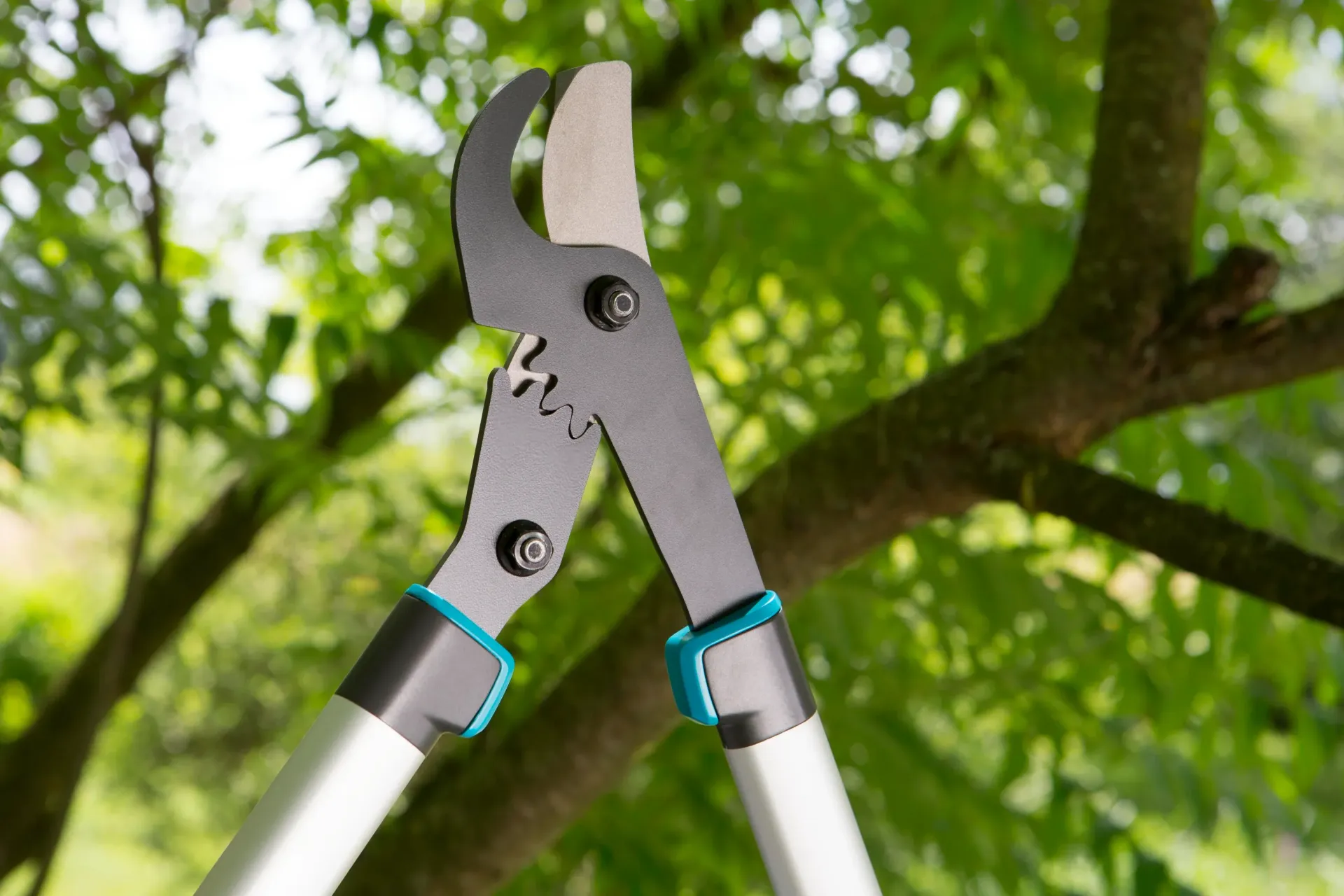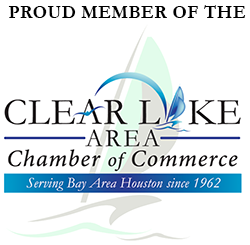Liriope’s Muse: Tree Care Tips from a Master Arborist
TRUSTED TREE CARE SERVICES SINCE 1970
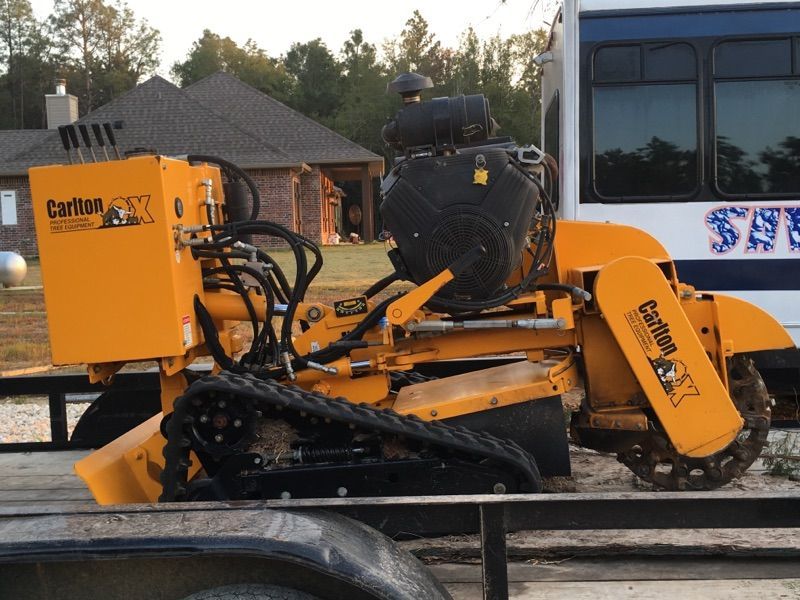
Stump grinding is a highly effective and efficient method used to remove unsightly tree stumps from your property. The process involves using a specialized machine called a stump grinder, which grinds the stump and its roots into tiny wood chips. The grinder is equipped with a rotating cutter wheel that rapidly chips away at the stump, reducing it to mulch and making for an easy clean-up.
Stump grinding is an affordable and time-efficient alternative to other stump removal methods, such as digging, using chemicals, or explosives. It not only removes the physical presence of the stump but also prevents future regrowth. Allowing you to bid farewell to those trip hazard eyesores and reclaim your yard space creating a more attractive landscape!
What are the benefits of stump grinding?
Stump grinding offers a range of benefits for your property and landscape. Firstly, it eliminates trip hazards that can result from protruding stumps, making your yard safer for both you and your family. Additionally, stump grinding greatly improves the visual appeal of your outdoor space by removing unsightly tree stumps. It also prevents the decay and decomposition of stumps, which can attract pests like termites, ants, and fungi.
Stump grinding is an eco-friendly solution that promotes a healthier and more beautiful environment on your property and by having your stumps ground, you free up space for landscaping, such as planting new trees and flowers or installing hardscapes.
What are the cons of stump grinding?
While stump grinding offers numerous benefits, it's important to consider a few potential drawbacks as well. One of the main cons is the cost associated with hiring a professional service to perform the stump grinding as it can be a dangerous task. When stump grinding there is a serious risk of damaging underground utilities such as pipes and cables, so it is essential to hire a professional company that can locate and navigate around them. (You and your tree service company must call 811 to locate any underground utilities before chipping into any stump, large or small.) Additionally, depending on the size and complexity of the stump, the price can vary.
Also, the process of grinding a stump can generate a considerable amount of wood chips and debris, which will need to be removed and properly disposed of. However, despite these considerations, the benefits of stump grinding usually outweigh the drawbacks for most homeowners.
What are my options if I do not want my stump ground?
If you prefer not to have your stump ground, there are alternative options to consider. One option is stump removal, which involves extracting the entire stump from the ground, including the roots. This process typically requires digging around the stump and using heavy machinery to lift it out. It can be more labor-intensive and time-consuming than stump grinding, but it completely eliminates the stump. During tree removal, you may also consider asking the tree crew to cut the tree flush with the ground to cut back on used space.
Another option is to incorporate the stump into your landscape design. You can transform it into a unique decorative feature by carving it, turning it into a natural planter, or seating area. However, keep in mind that this option may not work for all stump sizes or locations and if you are considering taking the natural route and waiting it out to see if it rots away on its own... you'll be waiting for at least 7 years!
Can I plant a tree where a stump has just been ground?
Absolutely, as long as disease or fungal pathogens were not present in removal! Once a stump has been ground and removed, you have a fresh opportunity to plant a new tree in that spot. Stump grinding not only removes the physical stump but also grinds up the remaining roots, allowing for easier soil preparation.
Keep in mind, if you are considering replanting in the same location you must haul away all mulch as the previous tree's allelopathic chemicals can affect those of the new trees and can kill them.
Can I keep and reuse the produced mulch?
In short, no. Unfortunately, if the tree was removed because it was dead or in decline due to disease, a fungal pathogen, a pest infestation, or something of the sort the mulch must be disposed of or composted. All of these are contagious conditions that can spread to the healthy trees and plants in your landscape killing them. Green mulch produced during stump grinding must also be discarded because it comes from living trees. Live mulch is full of allelopathic chemicals that can seriously harm your plants and trees natural hormones or PGR's.
Eric Putnam BCMA, Inc.'s Certified Arborists are highly trained professionals who know the ins and outs of tree care, ensuring that the stump removal process is conducted safely and efficiently. So, don't let that stump be an eyesore any longer - reach out to us today and say goodbye to it for good!
Liriope’s Muse - Expert Tree Care Tips
